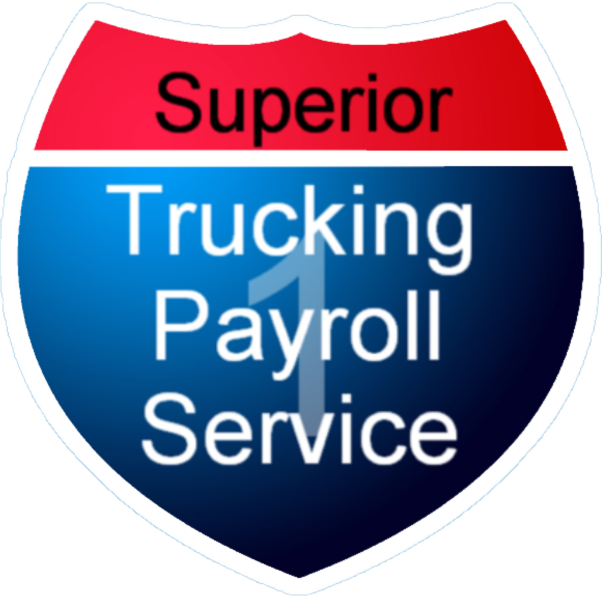Ways We Look Out for Your Business From operating accounts...
Read MoreDetermining the kind of miles to employ for payment is one of the most important factors for compensating truck drivers. Should it be odometer miles, short miles, practical miles, or something different entirely? Because it directly affects the driver’s pay and the trucking company’s total profitability, this question is of utmost significance. In this article, we will examine the many types of miles utilized for truck driver compensation and offer insights to support your decision-making for your business and the driver compensation objectives.
Disclaimer: This article is meant to be a general overview of the different way to figure out miles. Consult your attorney before you make any decisions to ensure that you are following local laws.

Different Types of Miles:
Practical Miles:
Practical miles estimate the distance between locations based on efficient routing, considering factors like bridges, weight restrictions, and traffic patterns. Used in trucking, they provide a more accurate measure of the distance drivers typically cover. Despite not matching physical distance, practical miles determine driver pay, fuel costs, and delivery times. By acknowledging real challenges faced by truckers, this approach ensures fair compensation and promotes industry efficiency.
Odometer Miles:

Odometer miles refer to the actual physical distance traveled by a truck as recorded by the vehicle’s odometer. It represents the exact number of miles the truck has covered during a specific trip or over a certain period. Odometer miles are a direct measurement of the distance traveled and are often used as a basis for calculating fuel consumption, maintenance schedules, and vehicle depreciation. While practical miles may be used for determining driver pay, odometer miles provide an accurate representation of the wear and tear on the truck and serve as a valuable metric for tracking the actual distance traveled by the vehicle.
Short Miles:
Short miles are the shortest legal route the truck can run. It’s usually 4-8% less than practical miles but that number can vary dramatically. A trucking company can use the routing software to calculate mileage with multiple stops so it is easy to determine the miles for a round trip. One trouble spot is when the driver has to reroute for construction or accidents or when the driver gets turned around and has to go back to a shipper or consignee. The latter case requires a new stop added where the driver turned around.
How Should You Pay Your Truck Driver?
I prefer odometer miles as the driver knows what they are getting paid for at the end of the day. I would suggest not letting the driver get paid for taking the truck to their house without permission and I would monitor the miles paid versus the practical or short miles routes to make sure my truck driver is doing what they are supposed to be doing. Paying by odometer miles is the fairest and easiest to understand.
That said, you may choose to use a different determination for paying miles. If you do choose another method, you need to explicitly tell the driver before they start working for you how you determine miles to pay. Having a sheet in the employee handbook that they sign, is a good idea. It’s not worth saving a little by paying less miles if you get sued for failing to disclose it.
Bottom Line:
Ultimately, the decision on which method to use should be based on your specific business needs, driver compensation goals, and industry norms. It’s crucial to communicate clearly with drivers and ensure transparency in the chosen mileage calculation method to maintain trust and fairness. Regardless of the approach taken, prioritizing accurate and consistent mileage tracking is essential for both the financial health of the trucking company and the satisfaction of its drivers.

Written by Mike Ritzema
Before founding Superior Trucking Payroll Service, Mike was the CFO of a trucking company with 80 trucks and a thriving brokerage. This experience gave him the perspective that a payroll solution has to make the lives of the office people better. All the solutions he has designed are to benefit everyone. Our company mission is to help trucking families and that includes the company owners, the drivers, and the office.
Contact Us!
Driver Retention Tips
One of the biggest problems for businesses in the world...
Read MoreHow to Avoid Payroll Errors and Penalties in the Trucking Industry
Are you tired of dealing with payroll issues in the...
Read MoreWhy Was No Income Tax Taken Out of my Paycheck?
Why Was No Income Tax Taken Out of my Paycheck?...
Read MoreUnderstanding Supplemental Payroll Fees: What They Are and Why They Matter
Are you a business owner trying to understand the complexities...
Read More